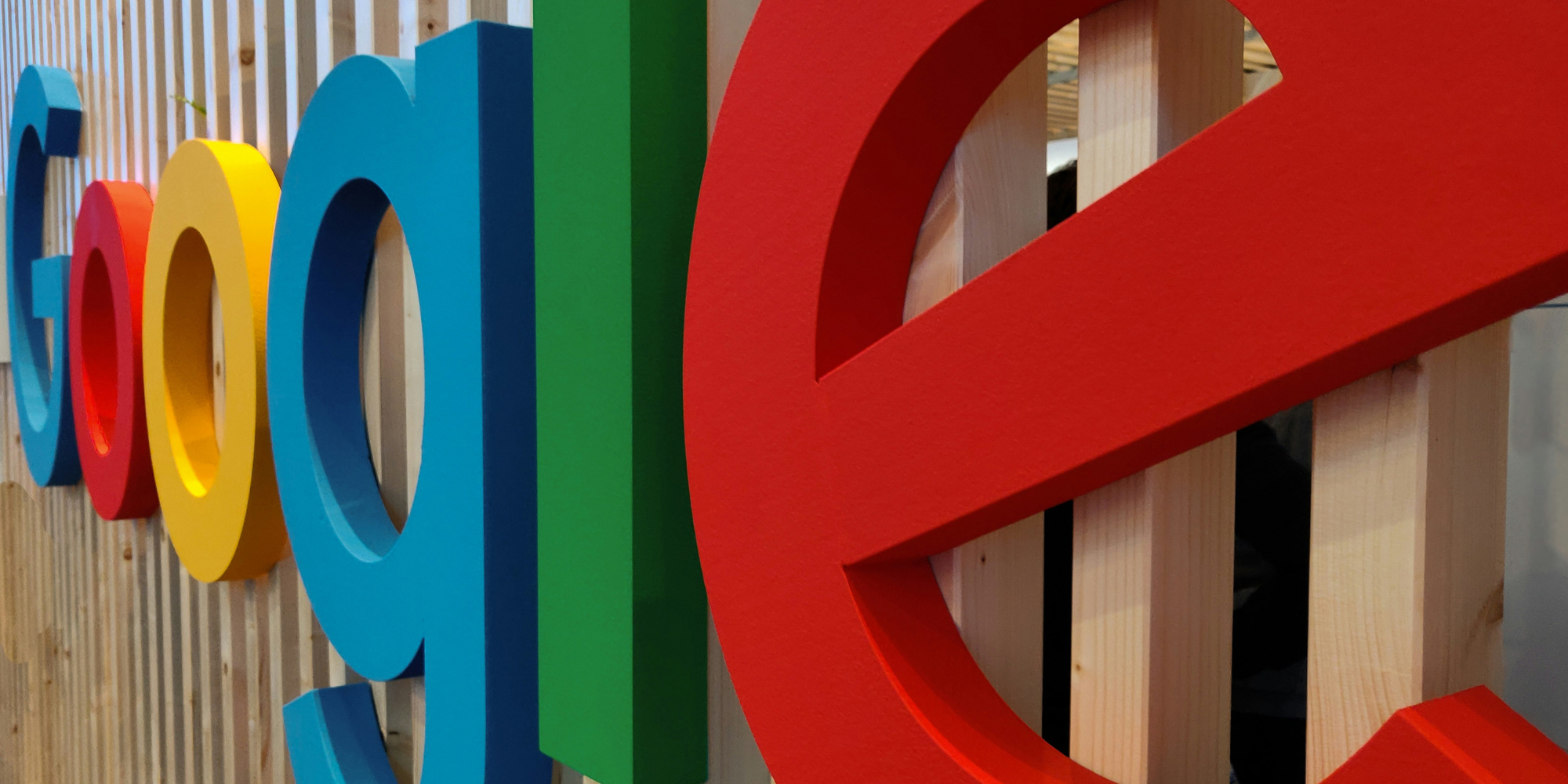How to Protect SEO Performance During a Site Migration
Arming yourself with the right tools to ensure a smooth site migration is important - find out how to protect your SEO during a migration today.
Read moreFeeling lost for words? You’re not alone. Our Director of Content Amy Dugmore talks the art of copywriting, and how brands should be talking to their customers right now.
Feeling lost for words? You’re not alone. Not knowing what to say or how to say it is unifying marketers around the globe right now. It’s one of our biggest challenges. Fortunately, we can learn from one another to get it right.
They say there’s nothing like a crisis to bring people together. I’ve spent the last week or so speaking with many marketers about their challenges and questions in the current climate. They’ve talked about stock availability, fulfilling orders, and how to change real-world services into online versions – fast. It’s safe to say that businesses are affected in wide-ranging ways, depending on many factors. But the one question that stands out as consistent across all brands? How do I talk to my customers right now?
Whether business is booming or taking an impromptu hiatus, marketers are wrestling with how to find the right words. What should we say and how do we say it? How do you talk to a global audience of people who are missing loved ones, struggling with lockdown, and worried about their jobs, their lifestyles, their health?
No one wants to be insensitive, so it’s understandable that marketers feel as if they’re walking a tightrope. The smallest slip of the keyboard risks bringing your marketing comms crashing down. Or at least that’s how it can feel. But if you’re able to help people, then they want to hear from you – now more than ever. And if you’re in a position to bring a glimmer of joy to any of us in this difficult time, they want to hear from you too.
That’s why the copywriter’s art has never been more important than right now. Many of us may package our skills under the label “content” these days, but underneath it all is the skilled craftsperson, able to take the essence of the message and shape it into words that convey the right tone. One that conveys hope, excitement, energy – or, as in this case – compassion, support and care.
It won’t surprise you to learn there’s no single right answer. It starts with your brand personality, and how well you can adapt this to meet current needs. The best examples stay true to a brand’s usual tone of voice, with a few nuanced changes.
Caterham Cars – taking the open, honest approach
How do you launch a luxury product in times like these? And how on earth do you promote a sports car that no one can test drive? Should you even try? Or is it just too frivolous to talk about?
It all lies in the approach. After much careful consideration, the team at Caterham decided to go ahead with their pre-planned launch of the Super Seven, for reasons they make clear in the copy. They realised that for many, having something to look forward to is an important part of coping with the restrictions of lockdown. They also wanted to acknowledge their skilled team, who have worked long and hard to make the Super Seven a reality. They bring this to life through a direct tone of voice that acknowledges the challenges of launching right now in a friendly, open way. It’s a peer-to-peer conversation that invites understanding from their audience. A powerful way to say: “we’re in this together”, without having to say it directly.

Oatly – staying chipper when times are tough
In some cases, a direct approach can work too. Take this example from Oatly. The body copy is spot on – they directly acknowledge that on the face of it, a sales message isn’t what people want or expect right now. But by acknowledging this, they’re also being respectful of their audience. If you don’t want to read it, don’t read on. But then how many of us won’t read on, intrigued to know the reason why? And if you do, you’ll find Oatly’s recognisable tone of voice – light-hearted, friendly and even a tiny bit cheeky. The key to how they’ve softened this message lies in conditional phrases like “if” or “might” - often the last to be drawn out of the copywriter’s toolbox, but in this situation wholly appropriate. It reassures readers that this isn’t an aggressive sales push at a difficult time. It works for them, and it’s what their audience expect from them too.

Get in touch with your audience’s emotions
Find the emotion behind what your brand, products and services mean to people right now. In some cases, this might be quite different than a few weeks ago. Be honest with yourself. Be objective.
Supermarkets, for example, have become the nation’s heroes – they mean safety and stability, where just a few weeks ago they were simply places we went to run errands, often reluctantly. The direct tone of voice adopted by Sainsbury’s, Ocado and Morrisons throughout this period is helping to reinforce this trusted status. Many have looked to their CEOs to act as spokespeople at this time and that added authority feels entirely right.
By contrast, brands selling non-essentials can look to the example of Caterham Cars. They realised that luxury items like sports cars can signify hope and offer a symbol that things will return to normal in time. Social media, for example, is already showing plenty of examples of people planning what their dream holiday will look like when the travel bans are lifted. Aspirations, and joy, are things to hold onto to distract from all the worry. Now is the time to address these emotions, with honest content that acknowledges that people may not be able to buy just now, but they do want to dream.
Provide reassurance
With so much uncertainty, we’re all looking for sources of reassurance, wherever we can find them. Your brand can be part of this for your audience. At a basic level, a friendly reminder that your products or services are still available is key. Sharing any steps you’ve taken to make deliveries safer, or to safeguard employee wellbeing, is also important.
But so too is just being there and being consistent. Take Oatly as an example. They’ve stayed true to their roots with their tone of voice and communication style. This in itself can be a powerful way of reassuring your audience. Hearing that familiar brand voice provides a bit of stability when so much else has changed. It’s subtle, but it matters.
Watch out for unintentional insincerity – or worse
Thinking of running a flash sale? Something that has been planned into the marketing calendar for months can suddenly look like opportunism in the current climate. It’s worth doing a sense-check of all creative messaging planned in pre-Coronavirus, to make sure it won’t be taken out of context. While running a promotion might be fine, the messaging around it is key to how it will be received.
When reviewing your creative messaging, carefully consider the wider connotations too – a whole range of familiar activities have taken on new and unwelcome significance in recent weeks. Take the example of anything related to physical contact between people, and references to hands in particular, as illustrated by the responses to Geico’s recent high-five campaign and KFC’s finger-lickin' ads.
Take an indirect approach too
You don’t have to say the “c” word. Social media, TV, news sites – global media is awash with references to Covid-19. While your latest email, social media and blog content might have been adapted or even developed in response to the situation, it’s a judgement call on whether you want to mention this at all. Your audience may well thank you for giving them a break from the constant mentions of coronavirus.
M&S have done this particularly well with their “Can I freeze it?” content. No mentions of the virus, and yet plenty of useful content that is clearly tailored to what users most need to know right now. Being helpful and timely is enough.
Say thank you
It’s a cliché, but we all know we don’t say it enough. Now’s the perfect time to acknowledge all the people who make your business what it is – from customers to colleagues. Being thankful is the simplest way to reconnect with your human side as a business. So, if you’re lost for words right now and can find nothing else to say, say this. A well-timed and heartfelt thank you is always well received.
On that note, thank you for taking the time to read this piece. I wish you safe and well.
Would you like more advice on tone of voice for your brand right now? Book in a conversation with our experts today.
More articles you might be interested in:

Arming yourself with the right tools to ensure a smooth site migration is important - find out how to protect your SEO during a migration today.
Read more
Google employees have recently announced that the upcoming Google Core Update is set to be released in the coming weeks. Understanding and addressing...
Read more
Language matters. Any marketer worth their salt knows this. But when discussing gender and sexual orientation, that importance is amplified tenfold.
Read more
When marketers think of thought leadership, there are names rather than ideas, that tend to spring to mind.
Read more
With the release of GPT-4, how revolutionary will this tool be? Alan Rowe takes us through it...
Read more
To help prompt you to consider your approach to organic search integration, Dr. Dave Chaffey gives some practical tests you can apply to review your...
Read more
Learn more about the importance of understanding the user journey to create a content strategy that is on point.
Read more
Google's change in guidance could transform the way content is created in the future, but how does it affect SEO and content creators going forward?
Read more